You likely do not recall your first experience eating not because you were hungry, but because something within you craved consolation.
Maybe it was reaching for a cookie after the long school day. Or, perhaps, it was bread back in your room when no one else was around and the silence engulfed you.
Every now and then, every now and then, there is the calmness; a deep sense of being that is hard to describe in words but lets you know that you are at peace in a world that feels hollow.
Emotional eating is certainly not vague. It is not because of laziness and lack of self-control. It is a pattern that is already written in your brain. It is how your chemistry reacts to a particular feeling.
Emotional eating can be triggered by fatigue, low energy, anxiety, loneliness, or depression. In order to understand these triggers, you must first study the brain.
Neurons, along with the surge of stress hormones, give life to this narrative irrespective of whether they invoke love, hate, panic, joy, or relief. You’re not failing. You’re reacting, and the gesture can and will more often than not be molded to suit preconceptions over time when the approach encourages understanding instead of shaming.
Key Takeaways
- The stomach cannot trigger emotional eating. That responsibility lies primarily with the brain.
- Dopamine, cortisol, and serotonin temporarily stir motives which require immediate attention.
- The ways in which we crave are influenced by childhood experiences and emotional trauma.
- The first step toward change is awareness, not restriction.
- You are wired to survive; that doesn’t make you weak. Plus, your brain has the capacity to adapt and learn new strategies.
What Happens In Your Brain When Emotions Rise
In moments of being overwhelmed, the brain goes into overdrive looking for relief. This first begins with the amygdala. The amygdala goes into threat seeking mode and sends a signal to the body which screams, “do something, there is a crisis.” The rest of the brain is at a standstill, evaluating the reason and long-term plans. It is in this exact moment when food undergoes a transformation; food is no longer just food. Food becomes a means of coping, a means of control, and a tool that is capable of resetting one’s nervous system.
This is even more accurate for chronic stress. If you have an ever-changing day-to-day life in terms of emotions, finances, and relationships, then, psychologically, you will attempt to find a quick solution to restore calm. Food is one of the quickest and easiest means to achieve that calm. This does not refer longing for enjoyment in the normal way. Rather, it is tranquility. Silence. Something that does not challenge or prompt interrogation. And, subsequently, the more you consume food to satisfy emotional needs, the more you teach your brain that food is the most accessible means to restore inner calm.
When Dopamine Becomes A Familiar Voice
Dopamine is one of the most influential factors contributing to emotional eating. This molecule is most often described as the “reward” chemical, but in reality, it’s much more than that. It guides attention and teaches the brain what to pursue in the future. Every time you consume something rich, sweet, salty, or processed, your dopamine system starts to sparkle. It “creates a memory,” saying, “This worked. Let’s do it again.”
And you certainly do, but not because you’re ‘weak.’ You do as instructed because your brain remembers. This is the result of dopamine linking experiences to emotions creating powerful cravings based on memories instead of logic. The issue does not lie with dopamine and its responses to food, rather the problem is that food is readily available everywhere. Emotional needs are constantly shifting, too. If your day has been difficult, your brain will want to switch things up and provide relief, relying on previously set patterns. Your brain remembers, and makes suggestions that can help alleviate the pain.
How Stress Shapes What You Crave
Next in this story is cortisol. This is the hormone released when you are busy, overworked or broken-hearted. It is the body’s stress hormone and will change everything from your memory to blood sugar levels. While cortisol can make you store more fat, it also makes you crave food for comfort.
During stressful times, you have probably experienced the urge to enjoy a special treat. Your body tends to store fuel for use later because it believes it is under duress. What you will recall is that sugary sweet, fulfilling or crunchy snack that calms your stress level. Less active carbs lower nervous system activity making fighting off stressed easier.
As such a hormone makes you feel relaxed, calm and more capable emotionally. The temporarily soothing effects of consuming these foods is real. Your favourite comfort foods provide respite and allow your body to cope with stressors. However, this relief is not permanent and emotions can rapidly return you to the same state you began in.
When Food Becomes A Memory Trigger
Most habits of emotional eating stem from childhood. Perhaps you were incentivized to behave with candies. Perhaps you were given treats when feeling down. It’s also possible you lived in a household where food meant love, and dinner was synonymous with peace, or certain meals were the only times you felt any connection. These connections do not vanish. They are preserved deep within the mind, locked away underneath memory, emotion, and identity.
So when you indulge in certain cuisines, you don’t just satiate your stomach; you nourish the part that remembers. The part that needed soothing. The part that wasn’t able to articulate sadness, rejection, or fear. Such cravings rooted in memory are particularly strong. You are not always aware of the reasons behind what you eat, but your body does. It is trying, in its ever so subtle way, to provide what it feels you require.
How Guilt Deepens The Pattern
What comes next after emotional eating is often guilt. You begin to feel like a failure. You begin to think, why did I give in once again? That guilt is now an emotional burden of its own. The brain does not differentiate between guilt and other emotional pain, and therefore responds to it in the same manner—searches for relief. You eat again. Not out of happiness, but out of shame. This creates a seemingly endless cycle.
This is when emotional eating turns into a repetitive action, instead of a rare occurrence. Feel bad, eat, feel worse, and repeat. Each cycle reinforces the pattern in your brain. Each time you reprimand yourself for it, you grant the pattern even more authority. Understanding is what is needed, not judgment. You didn’t fail; you reacted. That reaction was determined by chemistry, not character.
Recognizing Emotional Hunger
One of the skills that can prove to be the most helpful is being able to pause. To differentiate between emotional hunger and physical hunger. Physical hunger builds upon itself. Many different types of food can satisfy it. Emotional hunger shows up all at once and demands something specific. It is attached to a need, not a feeling.
In the moment of action, taking a pause creates a space of power that they can wield over themselves to ask What is it that they really desire? Whether it is comfort, rest, connection or space, there is a deep vulnerability waiting to be discovered. Emotions can often be translated through the expression of food, and labeling needs done on a different level allows one to fulfill emotions in a new, sustainable way.
Feeding The Brain Differently
Loosening the grip of emotional eating entirely stems from stopping restriction based methods. Nourishment manifesting in an unpunishing approach is the solution. Responding to need in a loving way and banishing negativity builds a stable brain. Reasoned meal schedules, sleep, kindness, and thankfulness are rituals to strengthen and relieve stress which guarantees consistency.
Food power yet again and for no reason other than to promise a healthy life for the brain. Omega three rich and green foods combined with proteins and whole grains foster the balancing of dopamine and serotonin. While exposed to a nonstop alternation of emotional and behavioral extremes like those, instability can be dangerous. Balanced chemistry eases the chances of constant emotional shifts. When redefining nourishment, recognizing hunger detached from emotional tides becomes effortless.
Small Changes That Shift Your Wiring
You don’t have to do everything at once—and to be honest, you shouldn’t. Change happens over time and through effort. The brain rewires itself through repetition. One pause, one conscious decision, one notice in your actions starts different exploration—what paths might lie ahead?
Eventually, that path feels known. You tend to notice emotions a lot sooner and your decision-making changes—this time, without the need to force, but because of finally being heard. It could mean journaling prior to eating, stretching, or even taking a walk. Perhaps asking for help or simply taking a breath before standing in front of the fridge is impactful as well.
Moments like these might seem inconsequential, but they matter. His or her aim shouldn’t be controlling food choices, but instead reconnecting with one’s self.
My Opinion
To my opinion or as guidance, recalling that over-reaching concepts of emotional eating portray oneself in broken pieces doesn’t help—that’s the most important thing I can tell you now. What is important is understanding that a person faces in these tough situations. It works in a rather complex manner, together, bound by chemistry, and the only option left worked by mind and body. This is more than deserving of compassion, not criticism.
Healing may not start when you expect. To truly heal, one must focus on the space in between feelings and actions. Analyzing, understanding, and naming emotions can ease cravings; so can deeper, more soothing offerings, to oneself. In this case, solace lies somewhere between the fork and the food.

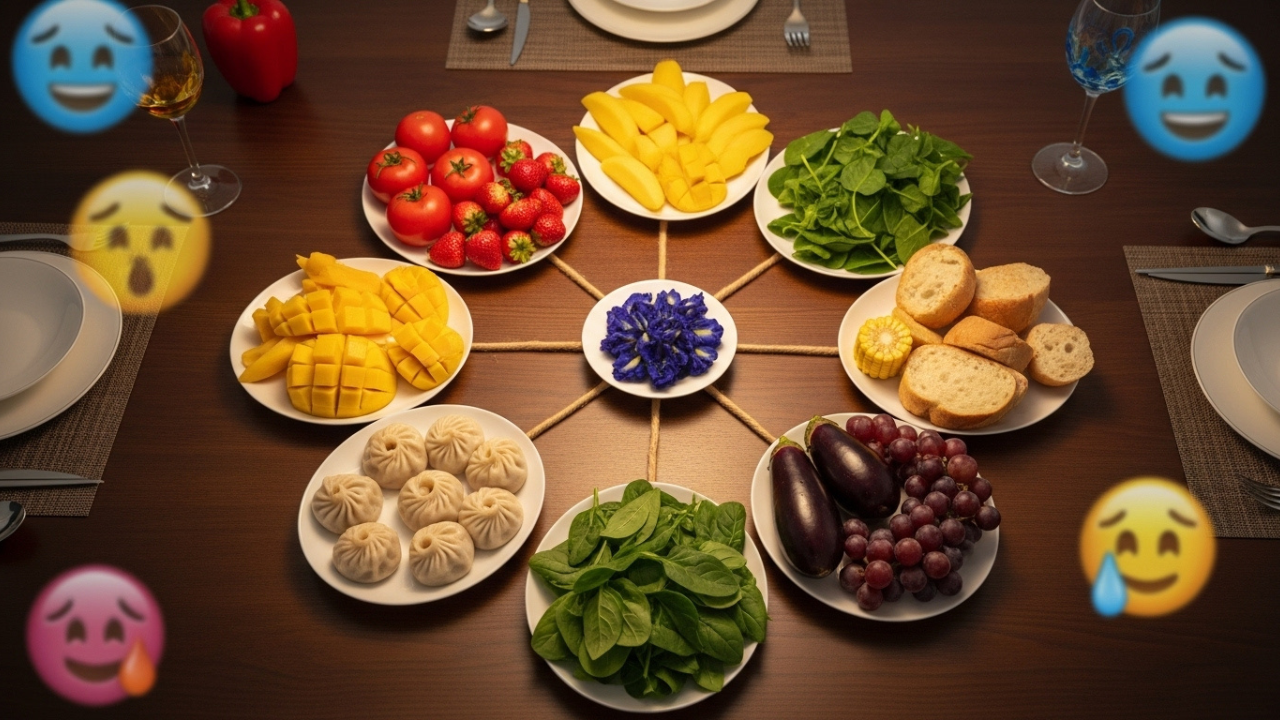









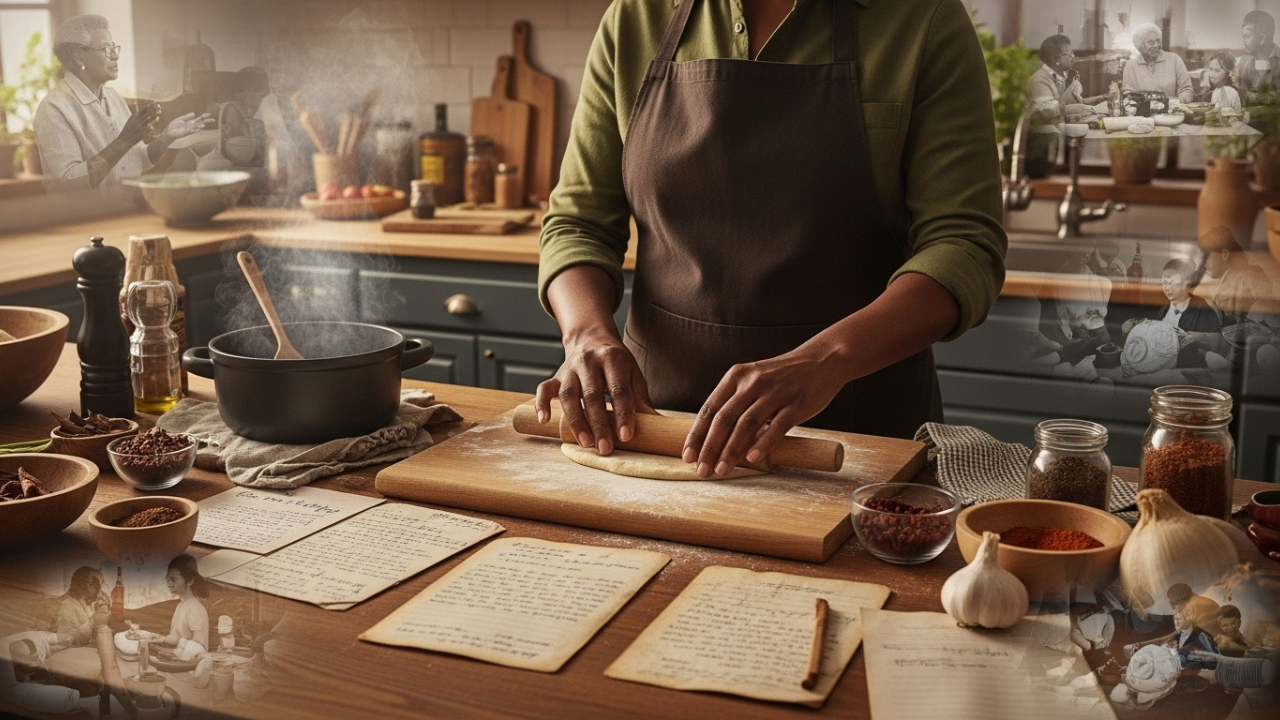





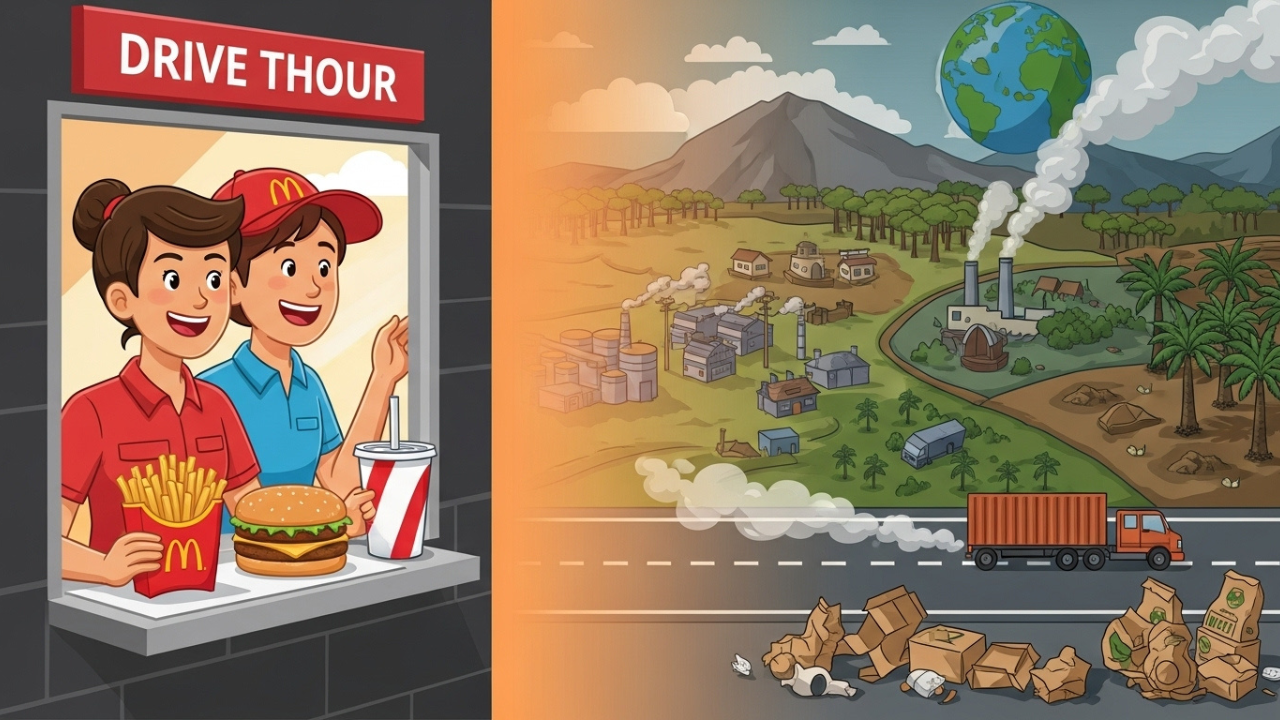
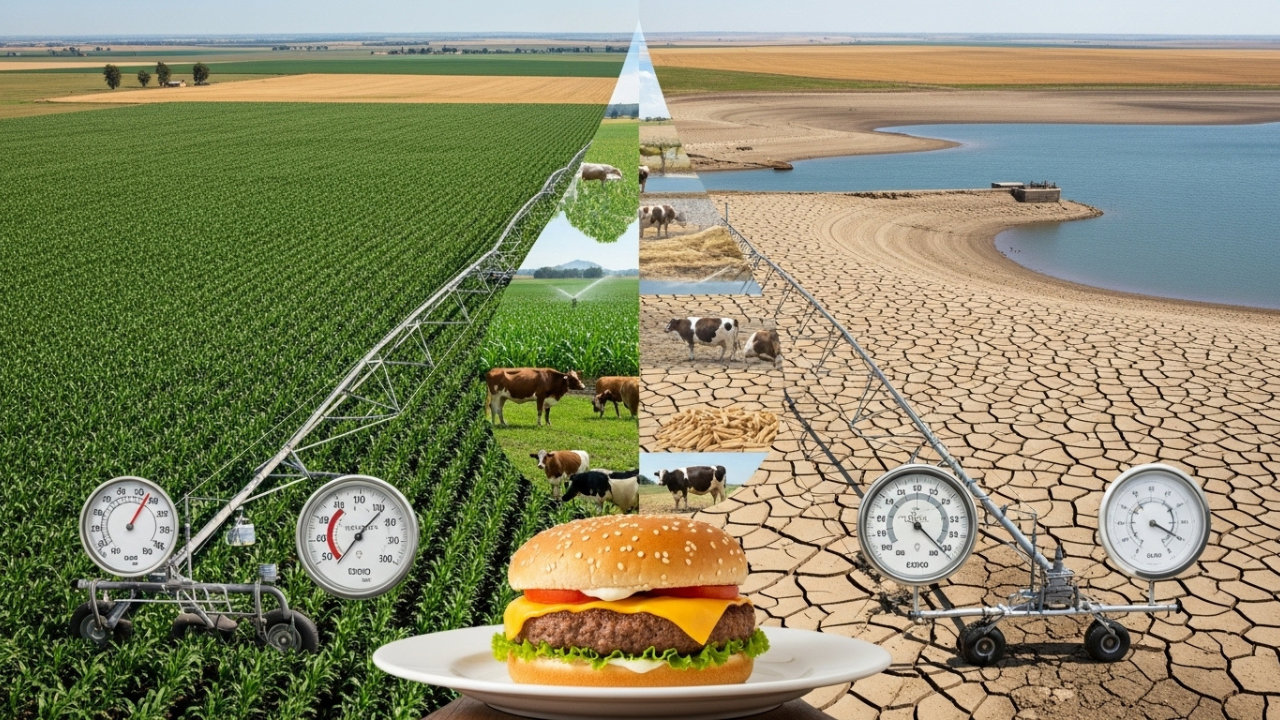


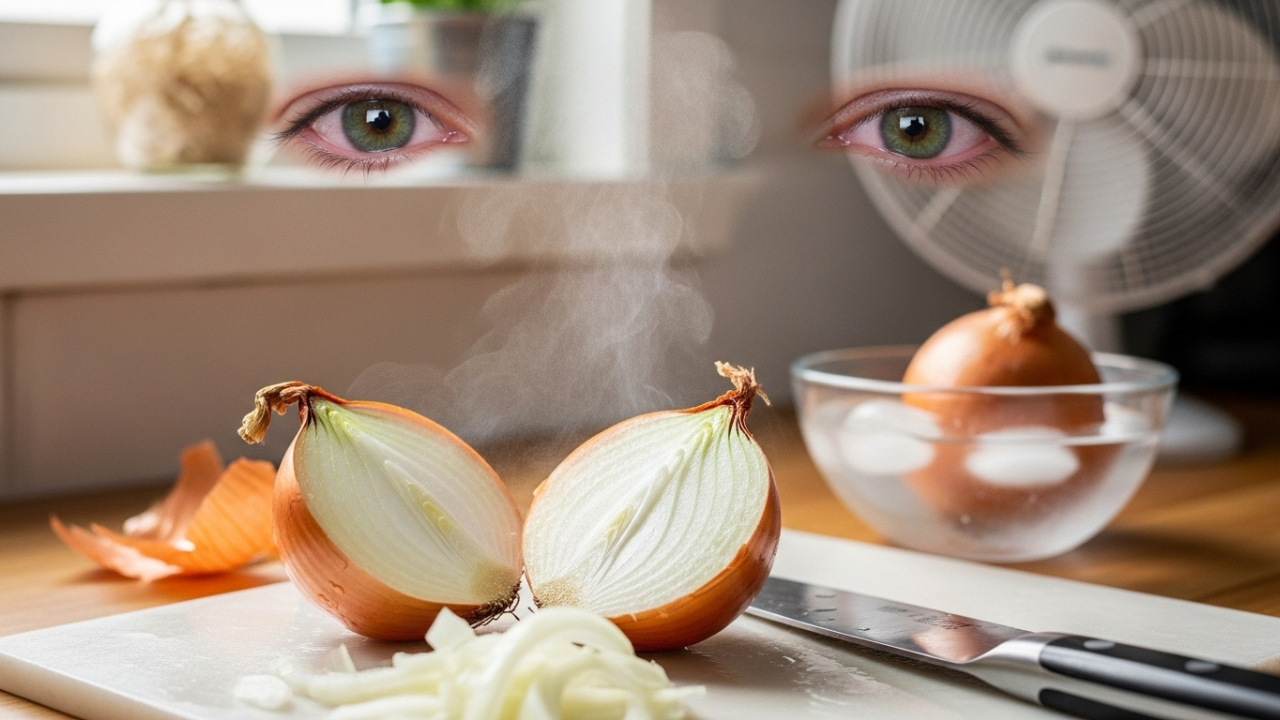





Leave a Reply